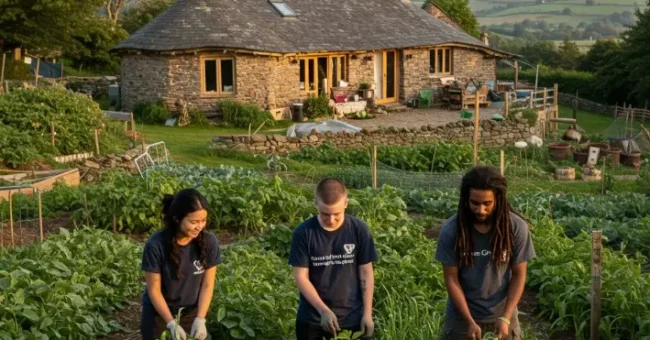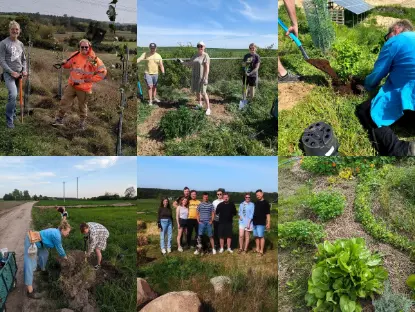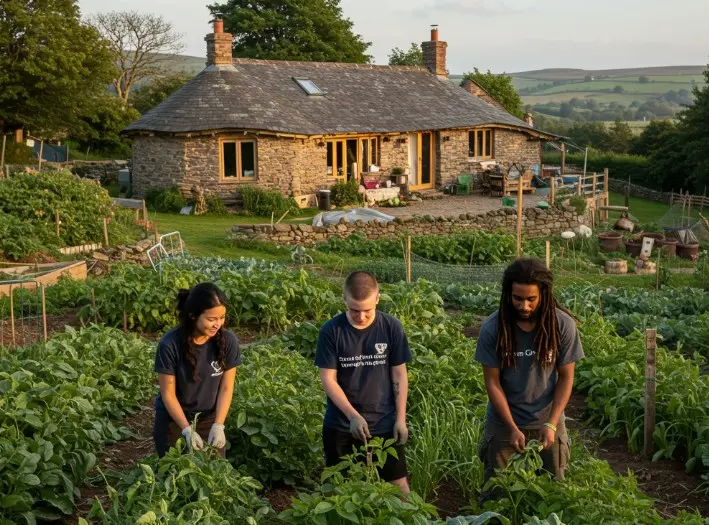
What is PermaCulture?
Permaculture today means “permanent culture”, and reflects the 40 years now achieved by this design methodology. It is, in short, an integrated design process that results in a sustainable, balanced and aesthetic environment.
Founders
The Human cultures cannot survive for long without the basis of sustainable agriculture and ethical land management: this brilliant intuition inspired Bill Mollison in coining the term Perma-culture, a theory and practice synthesis that systematizes the elements of different ecological environments, opening up new design horizons.

The word was created by Bill Mollison and David Holmgren in the mid-1970s to describe an integrated and evolutionary system of perennial or self-perpetuating and useful plant and animal species.
The meaning
The term comes from the fusion of “permanent” and “agriculture”. This fusion signifies the importance of moving from an agricultural model (based largely on energy-intensive annual crops) to a scheme that instead, on the example of natural ecosystems, aims at the creation of multi-year crops (characterized by low consumption of fossil energy and reduced use of human labor).
Photo credit: Fundacja Nobis permaculture project
Applying the principles of Permaculture
In the beginning, perma-culture meant “permanent agriculture”. A more current definition is ”consciously designed soils in order to reproduce the patterns and relationships present in nature, capable of producing an abundance of food, fibres and energy for local needs”. People, their buildings and the way they organise themselves are central to perma-culture.
Thus, the vision of permaculture of permanent or sustainable agriculture has evolved into a permanent or sustainable culture.
Click here to find volunteering programs related to Permaculture 🌱
Do you need permaculture volunteers? Click here to add your listing 🗒️✍🏾









